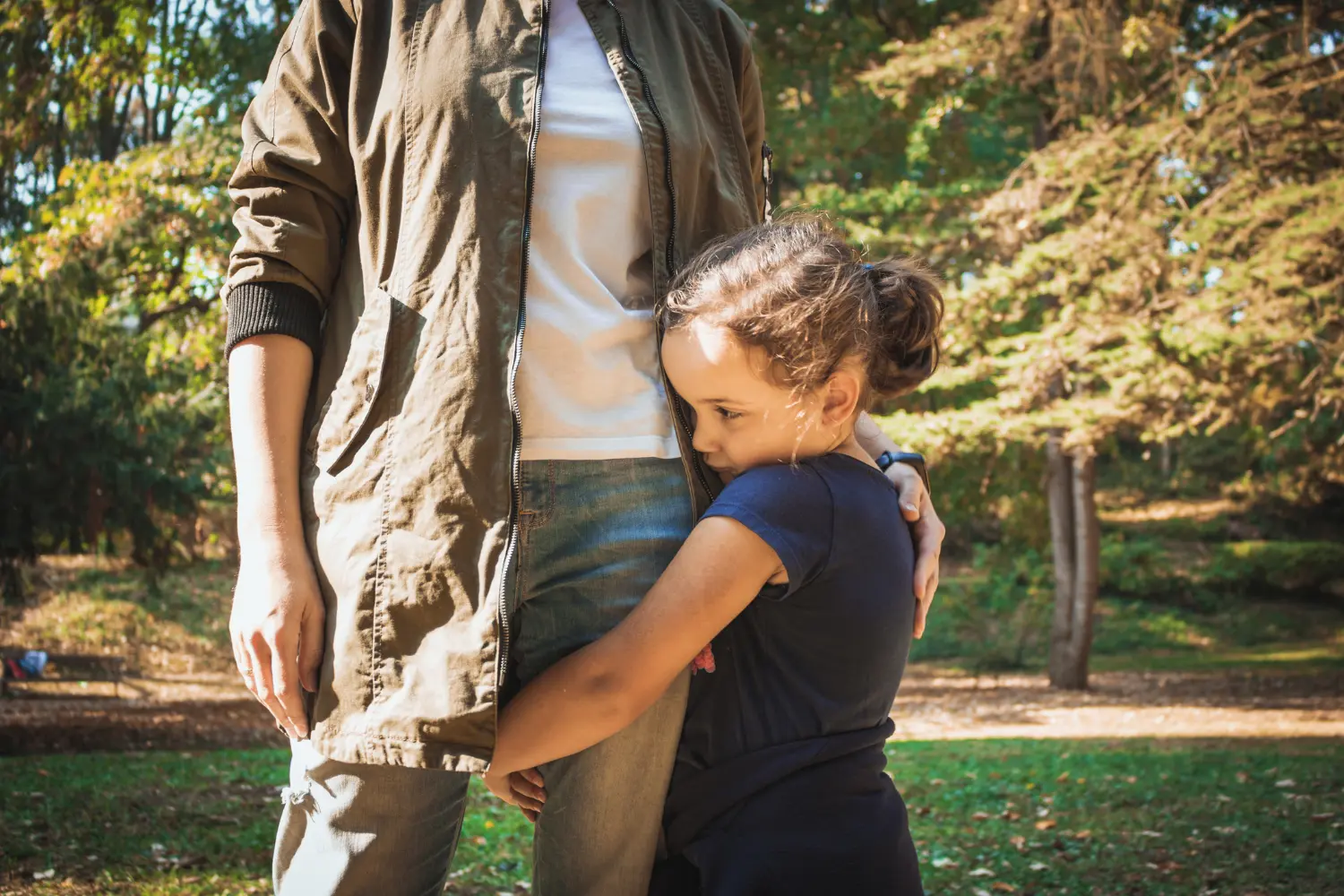Shyness affects 15-20% of preschoolers and is a completely normal part of early childhood development. At Owl Hill Learning Academy, we’re accustomed to seeing children go through periods of hesitation when meeting new people or facing unfamiliar situations at preschool. Our local early childhood education experts want to share evidence-based strategies that both families and educators can use to support shy children while honoring their natural temperament.
Understanding Preschooler Shyness vs. Social Anxiety in Young Children
Recognizing the difference between normal preschooler shyness and social anxiety is crucial for parents in. Shyness in preschoolers often represents their natural way of processing new information and social situations. Some young children are naturally more cautious and observant, preferring to watch before participating in preschool activities. This temperament trait, called “behavioral inhibition” by child development experts, isn’t something that needs to be “fixed.” However, when shyness significantly interferes with a child’s ability to participate in preschool activities, develop friendships, or communicate their needs to teachers and caregivers, it may require more targeted early intervention support.
Building Confidence in Shy Preschoolers: Creating a Safe Foundation
The most effective approach for helping shy preschoolers build confidence begins with establishing a secure base from which children can explore. At home and in preschool, this means creating predictable daily routines and clear expectations. When shy children know what to expect during preschool drop-off, snack time, and play activities, they feel more confident exploring new social situations.
Parents should avoid labeling their child as “shy” in front of them or others, as young children often internalize these labels. Instead, try reframing: “Emma likes to observe first before joining in,” which presents their behavior as a thoughtful approach rather than a limitation. This positive reframing helps build self-esteem in preschoolers.
Preschool Social Skills Development: Gradual Exposure Strategies
One of the most successful methods for helping shy preschoolers develop social skills is gradual exposure to social situations. Start with small, manageable interactions like one-on-one playdates in familiar environments before progressing to larger group activities at preschool. Role-playing social situations at home builds tremendous confidence for real-world interactions.
Practice essential preschooler social skills such as:
- introducing themselves
- asking to join games
- ordering their own snack
- raising their hand and asking a questions
These rehearsals prepare children for success in preschool settings. When preparing for new situations like the first day of preschool or birthday parties, discuss what will happen and who will be there. Some families find it helpful to visit their preschool building and playground during the enrollment process so their child can familiarize themselves with the space without social pressure. The child can observe and be introduced to familiar faces they will most likely see when they start their preschool schedule. These visits depend on the staff that would be present during the enrollment meeting.
Supporting Social Skills Development
Teach specific social skills explicitly. Many shy children want to interact but don’t know how. Practice conversation starters, show them how to join a group activity by asking “Can I play too?”, and model how to share and take turns. Reading books about friendship and social situations can provide natural conversation starters about these topics.
Encourage your child’s interests and strengths, as these become natural conversation topics and ways to connect with peers. If your child loves trains, books about transportation, or train-themed activities can provide common ground with other children.
The Power of Patience and Encouragement
Resist the urge to push too hard or speak for your shy child. While it might feel uncomfortable to watch them struggle with a social interaction, jumping in too quickly prevents them from developing their own coping skills. Instead, offer gentle encouragement and celebrate small victories. “I noticed you said hello to Mrs. Johnson today” acknowledges their effort without making a big production that might embarrass them.
Consider implementing a “waiting time” strategy. When your child seems hesitant to join an activity, tell them they can watch for five minutes before deciding whether to participate. Often, this removes the pressure and allows them to ease in naturally.
When to Seek Additional Support
While shyness is normal, consider consulting with your child’s teacher or a child development specialist if your preschooler shows signs of extreme distress in social situations, consistently avoids age-appropriate activities, or if their shyness significantly impacts their daily functioning.
Remember that shy children often become thoughtful, empathetic adults who are excellent listeners and observers. By supporting them with patience and understanding while gently encouraging growth, we help them develop confidence while honoring their natural temperament. Every child’s timeline for social development is different, and that’s perfectly okay.
We Can’t Wait to Welcome You to Owl Hill Learning Academy
We know from experience that every child, from the shyest to the most outgoing, has a unique way of processing new surroundings and situations. At Owl Hill Learning Academy, every child’s success story begins with a strong partnership between home and school. Together, we can nurture your child’s unique talents and traits and help them reach new heights.


